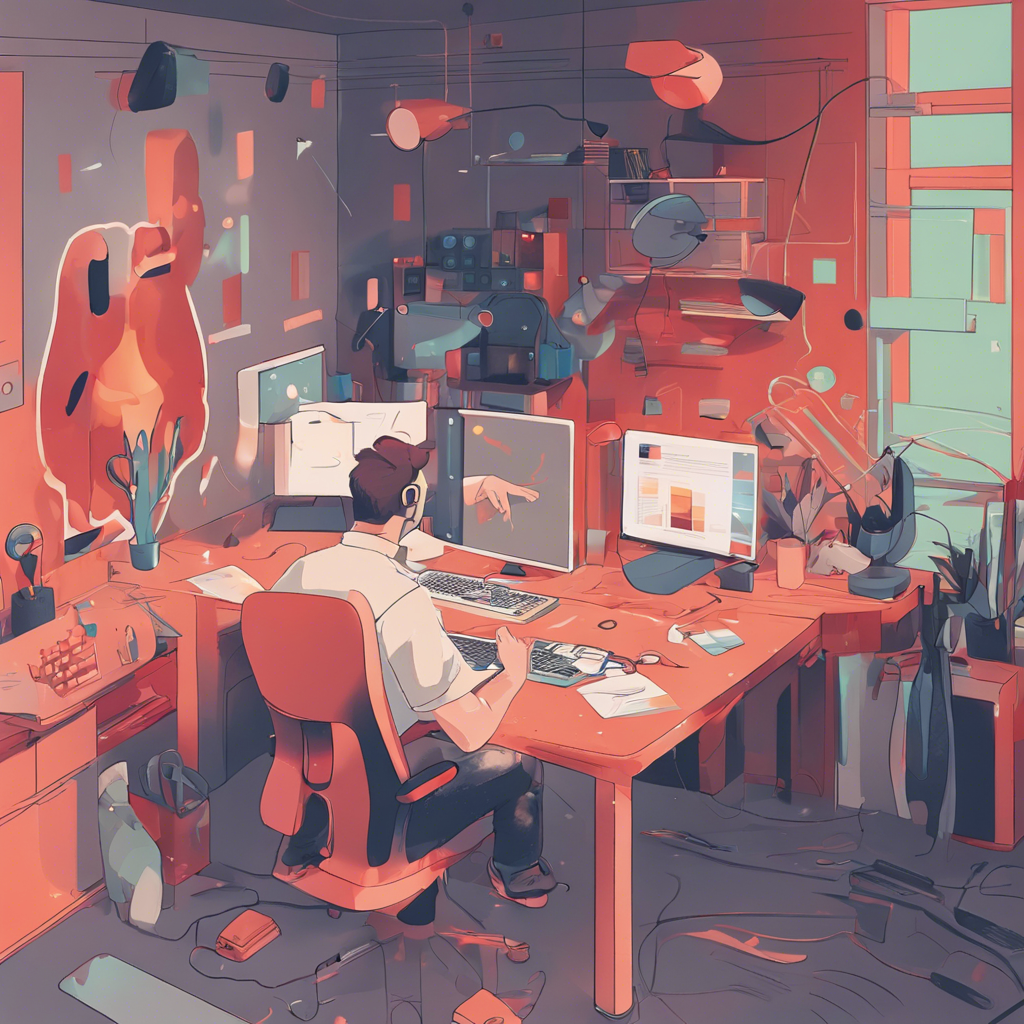How much should a motion designer charge?
How Much Should A Motion Designer Charge?”: Pricing Strategies for Successful Freelance Careers
Motion design, an ever-growing field in digital media production, involves creating animation sequences through graphic elements such as illustration or typography. As demand increases so does competition among professionals offering these services. One of the most common questions aspiring freelancers ask themselves when starting out their careers revolves around pricing – how much can they reasonably expect to earn? This article will discuss various factors influencing this decision while providing tips towards setting competitive yet sustainable rates.
Experience Level & Skillset
Firstly, consider personal experience level within both traditional artistry/animation techniques and modern technology applications like Adobe After Effects CC, Cinema4D etcetera; proficiency correlates positively with higher hourly wages due largely because more complex projects require greater expertise. Additionally take note whether additional skills beyond core competencies have been acquired (e.g., video editing). These may merit supplementary charges per task completed successfully under contractual agreements between clients and designers alike.
Location And Industry Standards
Next up comes geographical location since cost-of-living standards vary greatly across different regions. For instance, motion designers based in major cities with higher living costs, such as New York, San Francisco, or London, can typically charge more than those living in smaller towns or regions with lower living costs. Understanding local market rates and industry standards in your area is crucial to setting a competitive yet fair price. Online resources, industry reports, and networking with other freelancers can provide valuable insights into typical rates within your geographical area.
Project Scope and Complexity
The scope and complexity of a project significantly influence pricing. Simple projects, such as basic animations or logo reveals, will generally cost less than complex ones involving intricate animations, multiple scenes, or 3D elements. Clearly defining the project scope with clients upfront helps in setting appropriate rates. Discuss the expected deliverables, timeline, and any specific requirements to avoid misunderstandings and ensure both parties are on the same page.
Hourly vs. Project-Based Rates
Deciding between hourly and project-based rates depends on the nature of the work and personal preference.
- Hourly Rates: These are suitable for ongoing projects or when the time required is uncertain. They provide flexibility for both parties and ensure designers are compensated for all the time spent working on a project. Freelancers typically charge anywhere from $25 to $150+ per hour, depending on their experience, skills, and location.
- Project-Based Rates: These rates are ideal for well-defined projects with clear deliverables and deadlines. Project-based pricing can be more attractive to clients as it provides a clear cost upfront. When setting project rates, consider the total time investment, complexity, and potential revisions. A simple project might start at $500, whereas more complex projects could range from $2,000 to $10,000 or more.
Revisions and Additional Costs
It’s essential to factor in the potential for revisions and additional costs when setting rates. Clearly outline in your contract how many revisions are included in the initial price and how much extra revisions will cost. This ensures clients understand the pricing structure and helps avoid scope creep, where the project grows beyond the original terms without additional compensation.
Licensing and Rights
Consider the usage rights and licensing when pricing your services. Determine whether clients need exclusive rights to the animation or if you can retain some rights for portfolio purposes. Exclusive rights typically justify higher rates as the client has more control over the final product.
Tools and Software
The cost of tools and software required to complete projects should also be taken into account. High-quality software like Adobe Creative Cloud, Cinema4D, and other specialized tools come with subscription fees. Ensuring these costs are covered in your rates is essential for maintaining profitability.
Value-Based Pricing
Beyond the basic cost considerations, value-based pricing involves setting rates based on the value your work provides to the client. For instance, a motion graphic that significantly enhances a marketing campaign’s effectiveness or boosts a company’s brand can justify higher rates. Understanding the client’s goals and the potential impact of your work can help you negotiate better prices and demonstrate the return on investment (ROI) for your services.
Continuous Market Evaluation
Regularly reviewing and adjusting your rates based on market trends, personal growth, and feedback is crucial for staying competitive. As you gain more experience and refine your skills, increasing your rates to reflect your improved value proposition is essential. Keeping an eye on industry developments, attending workshops, and participating in professional networks can provide insights into current pricing trends.
Conclusion
Determining how much a motion designer should charge involves considering various factors, including experience level, location, project scope, and the type of pricing model. By understanding these elements and regularly evaluating market conditions, motion designers can set competitive yet sustainable rates. Whether choosing hourly or project-based rates, it’s crucial to communicate clearly with clients, factor in potential revisions, and ensure all costs are covered to maintain profitability. Adopting value-based pricing and continuously improving skills can further enhance earning potential and career success in the dynamic field of motion design.
Discover more from EMD
Subscribe to get the latest posts to your email.
